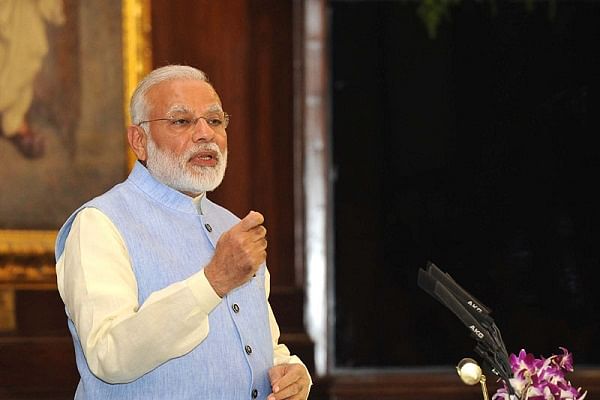The Gujarat model of economic growth and development is premised on the claims of accelerated infrastructure development of roads, highways, dams, and a spike in foreign investment. But critics have said that moderate achievements have been over-hyped, and it does not account for the decline in social indicators. The Patidar agitation of 2015 further emphasised the waning job market in Gujarat.
Is the Gujarat model of economic growth and development a myth or reality?
The claims of the Gujarat model of development are a myth for vast majority of people living there, especially the poor working people, dalits, scheduled tribes, women, people living in backward regions and other marginal groups who expect that development will meet their basic needs for livelihood, basic health, education and shelter.
The Gujarat model is nothing but a harsher version of the development path that ruling classes of India chose for itself in the early 1990s. By suggesting that the so-called Gujarat model is unique, a falsehood has been created that it can meet the needs and ambitions of people. India’s path of development particularly since the 1990s could not deliver that. The sooner this mythical reality is broken better it will be for people.
What has happened to Gujarat after Modi left?
Paths of development change when there is a larger political change at the grass roots, not because of change of leader. In fact, the model of development in Gujarat has inspired the rich and other aspirational classes in India, who are the beneficiaries of this growth model, to seek the same nationally in the 2014 elections. Thus, in terms of instruments of growth, in terms of drivers of growth nothing has changed after 2014 in Gujarat.
Here are other sharp perspectives on the Gujarat model of economic growth:
Yoginder K. Alagh: economist and former union minister
Deepender Singh Hooda: MP, Congress
Maitreesh Ghatak: professor of economics, LSE
Tavleen Singh: author and columnist
Shekhar Gupta: chairman and editor-in-chief, ThePrint
Gaurang Jani: lecturer, dept of sociology, Gujarat University
Sushmita Dev: congress MP
It is still a model that is led by big-corporates; it’s a model which still benefits the wealthy at the cost of the poor and the marginalized. After Modi left, because of its own very logic, the growth in Gujarat has unleashed greater inequalities, more joblessness, increased vulnerabilities for working people, increased indebtedness because of increasing health costs, harsher outcomes for farmers and worsening living conditions for dalits.
No political or administrative decision was taken after 2014 to soften the worsening impact of growth. The proof of this lies in the fact that all these sections of the suffering people are out on the streets seeking justice and fairer treatment by policy that future governments are going to make in Gujarat.
Atul Sood is a professor at Centre for the Study of Regional Development, JNU
